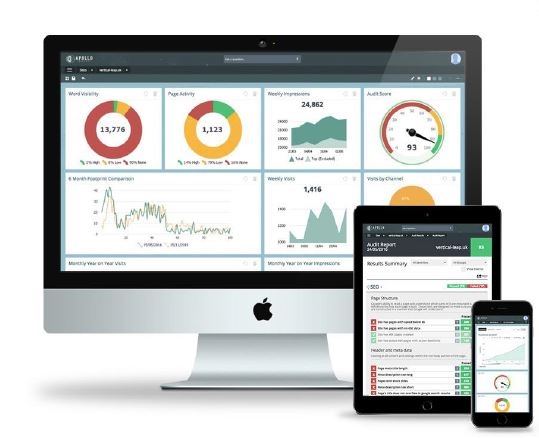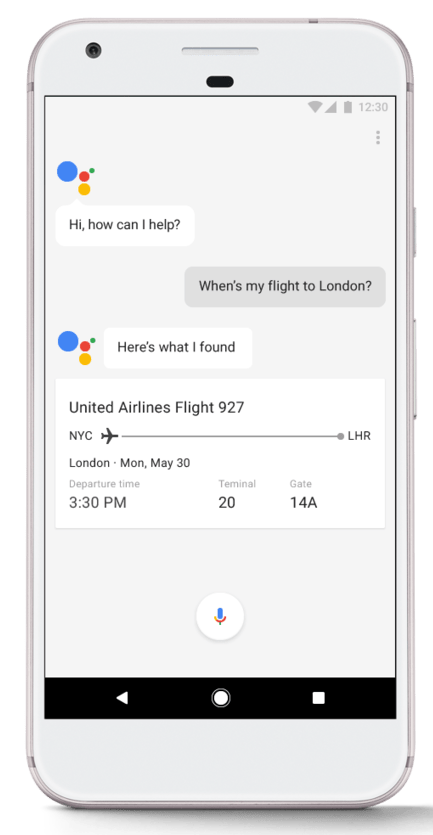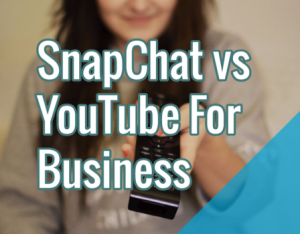— January 12, 2018

Machine learning is already changing the way we optimise for search engines and things look ready to quickly develop in 2018. If you’re not already preparing to power your search marketing efforts with machine learning, then now is the time to get familiar with the technology and implement it into your workflow.
It’s not only a case of adapting for Google and the other platforms you depend on, as they become increasingly powered by machine learning. It’s also about making the most of your data and stripping out the inefficiencies of your existing marketing strategy.
#1: Analysis at scale
Perhaps the biggest impact we’ve seen from machine learning so far is the automation of SEO analysis at a scale that far outperforms that which people can do on their own. SEO has become more and more burdensome over time, with ever-increasing complexity and need for analysis. Machine learning means that continual, consistent analysis can be running in the background, working at depth and scale; and leaving you more time for implementation and creativity.

You don’t need to spend time running the same reports and analysis every week or month anymore. These reports can be automated and all you need to do is address any issues or opportunities they detect. In fact, you can even automate many of these fixes while you’re at it.
#2: Creating content for the consumer journey
By automating repetitive tasks with machine learning, you can more time on creating content that guides users along the consumer journey. After all, this is where your priorities should really be in the first place.
Aside from freeing up resources to focus more on content, machine learning can help identify decide the kind of content to create for specific goals and user intents.
For example, machine learning can be used to answer the following questions:
- What kind of content is trending now?
- What kind of content have our users responded to most in the past?
- What kind of content have our users not responded to in the past?
- How have external factors affected our content performance?
- How effectively is our content moving people along the consumer journey?
We’re not talking about individual pieces of content either. We’re talking about a consumer journey built up from hundreds or thousands of pieces of content and a wide range of user interactions – something that’s incredibly difficult for a human to view and analyse as a single entity.
However, machine learning can process this entire roadmap and provide you with valuable insights. It can tell you that users respond better to a certain kind of blog post after signing up to your email newsletter, for example. Or highlight a piece of content that’s actually adding friction rather than encouraging conversions.
#3: Mapping out touch points

As things stand, your typical marketing strategy caters for traffic from search, social and third-party sites with email marketing and paid advertising nurturing leads along the way. Mapping out the consumer journey across these platforms can be tricky enough but we’re facing a near future where platforms like Google Assistant, Alexa and various other platforms claim their place in the consumer journey.
It’s not only the growing number of platforms you need to think about, but how people use them and access content. When people turn to Google Assistant with a voice search, they’re not going to get a full list of SERPs in return for their query. In many cases, they won’t even visit a website to complete their task (e.g. comparing plane ticket prices) so you need to adjust your search marketing strategy accordingly.
This starts with understanding which platforms users turn to in a wide range of situations and then mapping these touch points into a consumer journey. With so many variables coming into the equation, machine learning can analyse the modern consumer journey so you can determine where your brand needs to be seen and what content it needs to provide.
#4: Dynamic user experiences
As machine learning continues to mature, the complexity of its predictive modeling capabilities will continue to increase – and so will your application of it. We can already see predictive modeling in action on sites like Amazon, which recommend products to users based on their previous actions. This, of course, impacts the user experience for them but machine learning promises to take things much further in the coming years.
For example, you might create a number of CTA variations and dynamically show them to users based on the interests they’ve already shown on your site. Or you might stop that chatbot widget popping up for users who are already engaging with your content, rather than interrupt the experience.
Over time, as you collect a deeper history of user data, machine learning will be able to recommend more complex design choices. As you add more product pages, you’ll already know what kind of layouts, images and content have been most effective in the past. You’ll know that previous customers who have already bought from you respond more to certain types of content than first-time buyers and have the ability to adapt your designs to meet different needs.
#5: Cracking the Google code?
Google’s search algorithm is the biggest enigma in digital marketing. Marketers have been trying for years to crack the Google code and have scrutinised every algorithm update for almost a decade. However, Google’s algorithm continues to become more complex, powered by artificial intelligence and machine learning – to an extent where Google engineers might not even know exactly what’s going on under the hood.
The funny thing is, while machine learning is creating a more advanced Google algorithm, it could also answer the question that has bugged marketers since SEO became a thing.
Machine learning is the only technology capable of analysing something as complex as Google’s search algorithm and pinpointing its ranking factors with any accuracy. So it’s not without a sense of irony that the technology driving Google’s future could also reveal its most closely guarded secret. Food for thought…
Machine learning isn’t only going to transform the way you optimise for search; it’s also transforming the platform you need to optimise for. Consumer journeys built up from smaller, more complex interactions (e.g. voice searches with only one result) are considerably more challenging to optimise for.
Thankfully, you can use the same technology to map out these new consumer journeys and pinpoint where your optimisation efforts need to focus. By automating the technical side of SEO and discovering new opportunities through machine learning, you can invest more time and resources into getting your brand seen and creating the content consumers what to see at the vital moment.
Digital & Social Articles on Business 2 Community
(46)
Report Post




